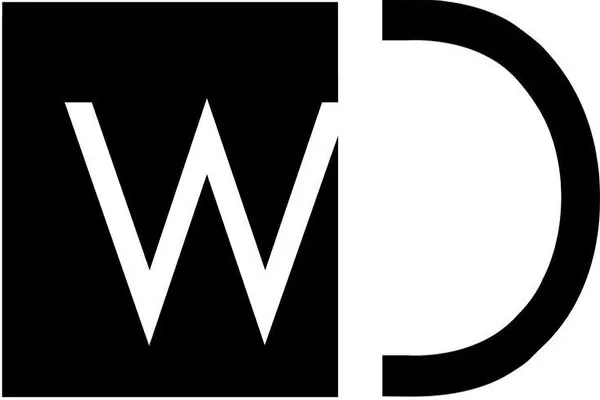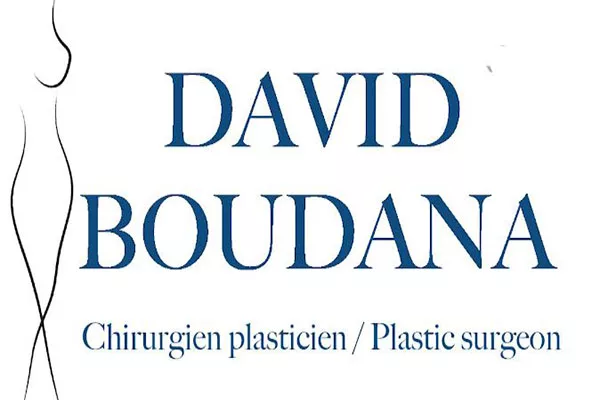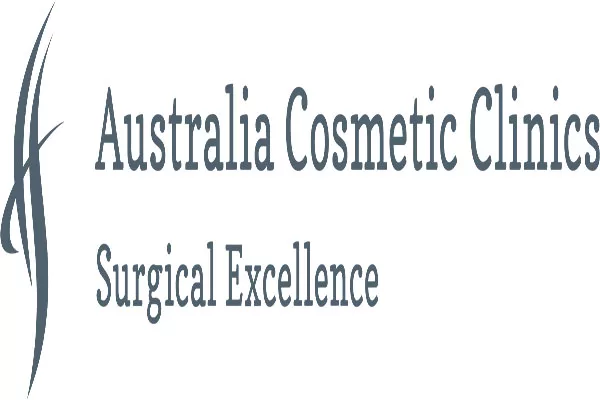Introduction
Breast surgery has become a popular cosmetic procedure for women who want to enhance the appearance of their breasts. While the surgery itself is relatively quick, the recovery process can be more challenging. Every individual’s recovery experience is unique, but there are certain common things that you can expect during your post-op period. In this article, we will go over some of the post-operative aspects of breast surgery recovery. From there, you’ll get a better understanding of what to expect and how to prepare for your recovery period.
Types of Breast Surgery
Before discussing breast surgery recovery experience in detail, it’s important to have a general understanding of the different types of breast surgery that are available. Here are some of the most common types of breast surgery:
- Breast Augmentation: It involves increasing the size, shape, or fullness of the breasts through implants, fat transfer, or a combination of both.
- Breast Lift: It raises and reshapes sagging breasts.
- Breast Reduction: It reduces the size of large, heavy breasts.
- Breast Reconstruction: It restores one or both breasts to near their original size, shape, and appearance after a mastectomy or injury.
Depending on the type of surgery, your recovery experience may differ.
Immediately After Surgery
Immediately following surgery, you will be taken to a recovery area where you will be monitored by a healthcare professional. In this phase, you may feel groggy and disoriented due to the effects of anesthesia. You may also feel some discomfort, tightness, and soreness in your chest area. You may also experience some pain and swelling which can last for several hours or even days after the surgery.
During this time, you may have dressings or bandages around your chest area, as well as drainage tubes to remove any excess fluid. The healthcare professional will give you detailed instructions on how to care for these drains and how to clean and redress the wound site. It is essential to follow the instructions precisely for optimal healing.
First Week After Surgery
During the first week after surgery, you will need to take it easy and avoid any strenuous activities. This is important to ensure that your body can focus on healing properly. Activities that involve using your arms or chest muscles, such as lifting heavy objects, should be avoided. You may also experience some pain and discomfort during this time, but it can usually be managed with prescription pain medication.
It is recommended to sleep with your upper body elevated for at least the first week to reduce swelling and assist with drainage. You should also avoid sleeping on your stomach, as this can put pressure on your chest and cause discomfort. It is also important to avoid smoking and alcohol as these can negatively affect your healing and increase your risk of complications.
In addition, you will need to attend post-operative check-ups to ensure that you are healing correctly. Follow-up appointments may involve removing the drains or sutures, monitoring your progress, and providing additional instructions for your recovery.
Second Week After Surgery
During the second week after breast surgery, you may still have some discomfort and swelling, but it should start to improve gradually. You may also experience some bruising, but this typically fades over time. Most people can return to work after the second week, but it is important to continue avoiding any strenuous activities or heavy lifting.
You may also be able to transition from wearing a surgical bra to a regular supportive bra at this stage. However, this will depend on your surgeon’s advice and your individual healing progress. Your scars may also begin to scab or flake, which is normal. It is important to avoid excessive rubbing or scratching the area to prevent irritation or infection.
You should continue attending follow-up appointments to ensure that you are healing properly and to address any concerns you may have. It is also essential to continue following the recovery instructions provided by your surgeon to ensure proper healing and avoid complications.
Third Week After Surgery
By the third week after surgery, most people have resumed their normal daily routines, but with some exceptions, particularly of heavy physical activities. You may still experience some swelling, but it’s normal for it to continue to improve gradually. Pain and discomfort should be minimal by this point, but continue to take any prescribed pain medication as needed.
It may be time to begin gentle stretching exercises to help with your range of motion and prevent stiffness. However, you should avoid any strenuous activities that can cause excessive strain on your chest muscles. Night sweats and trouble sleeping are common during the third week since you may still experience discomfort while sleeping in some positions.
You should continue to monitor your incision site for any signs of infection, such as redness, swelling, or discharge. It is also essential to keep attending follow-up appointments and to contact your surgeon if you notice any of these symptoms or have any questions.
Fourth Week After Surgery
At the four-week mark, most people have resumed light exercises and have noticed a significant decrease in swelling and discomfort. You may also begin using scar treatments such as silicone sheets or creams as instructed by your surgeon. These treatments can help minimize the appearance of scars and promote optimal healing.
Your incision site may still be healing, and you should continue to monitor it for any signs of infection. You may also start to have more sensation in your breasts as the nerves begin to regain function. However, it is essential to avoid excessive stimulation or pressure on the area, as this can delay your healing and cause discomfort.
Follow-up appointments with your surgeon are still crucial at this stage to monitor your progress closely and address any concerns. You may also be able to resume sexual activities at this point, but it is essential to follow your surgeon’s advice and use caution.
Six Weeks After Surgery
At the six-week mark, you should begin to feel more comfortable with your daily activities, but still, avoid any strenuous or high-impact exercises. You may also start to notice a significant reduction in swelling and bruising, and your scars may begin to fade gradually. You can be resumed to regular use of bras during this time that support the breasts at all times.
Your surgeon may also clear you for light exercise, such as walking or stretching, but you should avoid anything that puts excessive strain on your chest muscles. You can begin gentle massages or scar treatments to improve healing and minimize scarring, if directed by your surgeon.
Although you may feel significantly better by six weeks post-op, it is still crucial to attend your follow-up appointments and follow your surgeon’s instructions carefully. Your surgeon may also begin to discuss longer-term post-operative care, such as regular breast exams, to ensure your ongoing health and well-being.
Three Months After Surgery
At three months after surgery, most people have resumed their regular activities and have seen a significant improvement in their appearance. Swelling and discomfort should be significantly reduced by this point, and you may start to see improvements in the appearance of your scars.
You may also begin to feel more sensation in your breasts as nerve function continues to improve. Your surgeon may also begin to discuss longer-term care, such as regular breast exams and mammograms.
However, it is still essential to avoid any activities that could cause stress on your chest muscles or incision site. If you notice any signs of infection or other concerns, it is essential to contact your surgeon promptly.
Follow-up appointments should be continued to ensure optimal healing and address any ongoing concerns. At three months post-op, most people can resume normal activities and feel confident about their new appearance.
Conclusion
Every person’s recovery after breast surgery is individual, and your experience may not necessarily follow these guidelines precisely. Still, by having a general idea of what to expect during each phase of the recovery process, you can prepare yourself adequately for the journey ahead.
It is essential to follow your surgeon’s instructions carefully and attend all follow-up appointments to ensure optimal healing and minimize the risk of complications.
Lastly, it is essential to be patient with yourself during the healing process and understand that it can take time to see the full results of your surgery. With proper care and attention, you can enjoy the benefits of your breast surgery for years to come.
References
- American Society of Plastic Surgeons. (n.d.). Breast Implants: Surgery and Safety. Retrieved from https://www.plasticsurgery.org/cosmetic-procedures/breast-augmentation/surgery-and-safety
- American Society of Plastic Surgeons. (n.d.). Breast Reduction Surgery: What to Expect. Retrieved from https://www.plasticsurgery.org/cosmetic-procedures/breast-reduction/recovery
- Mayo Clinic. (2021, March 18). Breast Augmentation. Retrieved from https://www.mayoclinic.org/tests-procedures/breast-augmentation/about/pac-20393178
- Mayo Clinic. (2021, February 24). Breast reconstruction with breast implants. Retrieved from https://www.mayoclinic.org/tests-procedures/breast-reconstruction-with-breast-implants/about/pac-20384906
- MedlinePlus. (2021, March 22). Mastectomy. Retrieved from https://medlineplus.gov/ency/article/002918.htm







